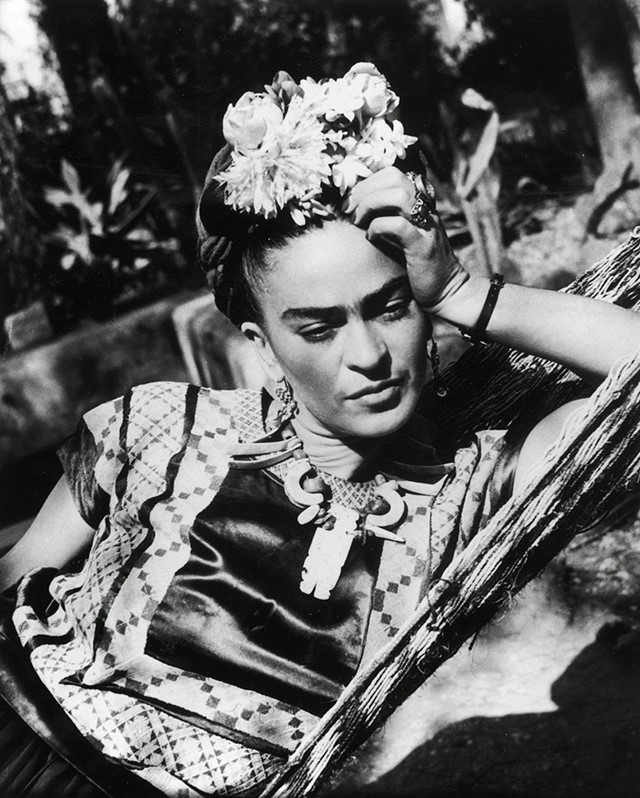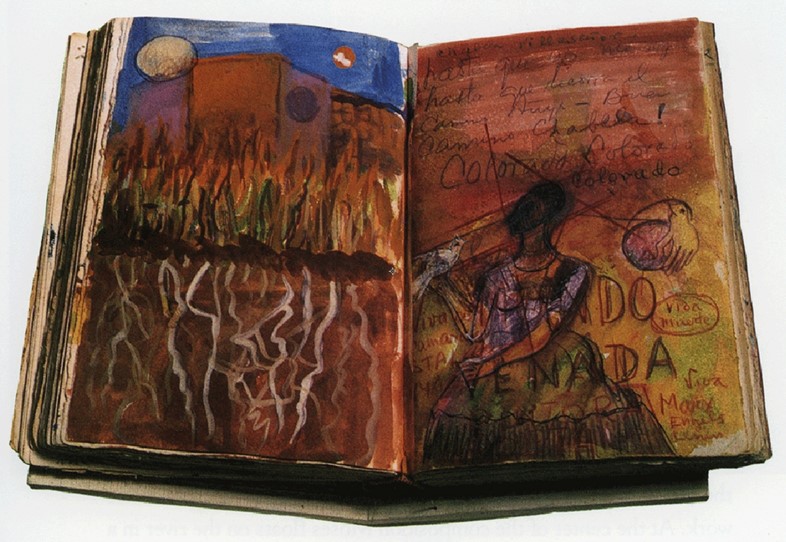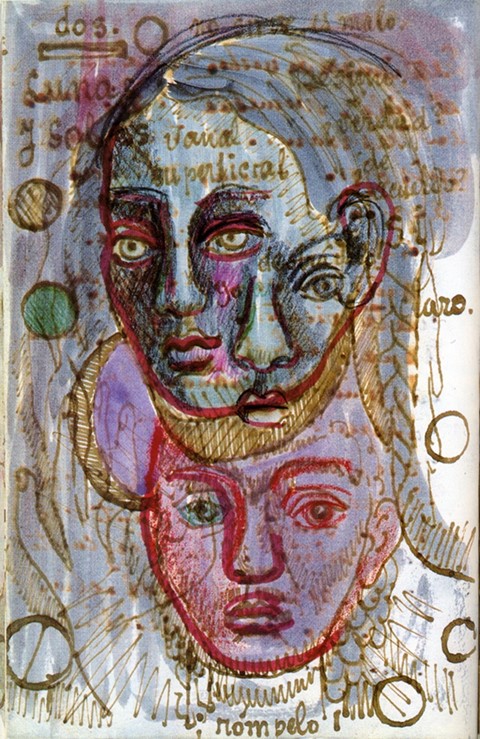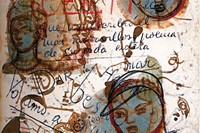As the Día de Muertos festivities draw to a close, we take the opportunity to celebrate and remember Frida Kahlo via her amazing illustrated journal
Who? Not only a time of Halloween festivities, this weekend also marked renowned Mexican holiday Día de Muertos (Day of the Dead), which sees family and friends gathering at the graves of their loved ones to pray for and remember them. So, as the holiday draws to a close for another year, we thought we'd take the opportunity to celebrate and remember one of our favourite Mexican icons, the inimitable Frida Kahlo, via her amazing illustrated journal.

What? Spanning 1944-54, the final ten years of the artist's troubled lifetime, the diary is a captivating commonplace book filled with Kahlo's thoughts, poems and dreams. Her brightly coloured, rounded script is accompanied by watercolour illustrations which offer wonderful insight into her creative approach – the sketches and paintings were often reworked and incorporated into Kahlo's later works.
"Anguish and pain, pleasure and death are no more than a process" — Frida Kahlo
As is typical of Kahlo's obsessive nature, a number of themes recur throughout the journal, in both text and imagery. These range from allusions to Pre-Columbian Mexican culture – Aztec symbols and Nahuatl words – to Communism, both of which were integral to Kahlo and her beliefs. Most striking of all however, are the frequent references to her husband Diego Rivera (to whom many of the pages are devoted in the form of passionate love letters and endless dedications) as well as to her ever failing health (she suffered polio as a child and a body-breaking, near fatal accident aged 18 which led to around 35 operations throughout her life). As Sarah M. Lowe writes in one of the book's introductory essays, "An awful progression – regression – is unmistakable [in the diary], as Kahlo faces the loneliness and terror of her illnesses... But Kahlo also shows her great strength, the resolve only great suffering confers. 'Anguish and pain,' she writes, 'pleasure and death are no more than a process.'"

Why? One of the most revered and radical artists of the twentieth century, Kahlo has been the subject of many brilliant books over the years but what is most interesting and moving about her diary in its published form is that it was never meant for public consumption, intended instead as 'journal in time', a private record written by a woman for herself, about herself. Thus as you rifle through the vibrant pages (helpfully translated at the back of the book), complete with beautiful self-portraits and deeply personal declarations – "DIEGO. Estoy sola" ("Diego. I'm alone") particularly resonates – you can't help but feel an intimacy with and understanding of Kahlo that only as uniquely voyeuristic a work as this could allow.
The Diary of Frida Kahlo: An Intimate Self-Portrait is published by Abrams and is available now.
Words by Daisy Woodward



